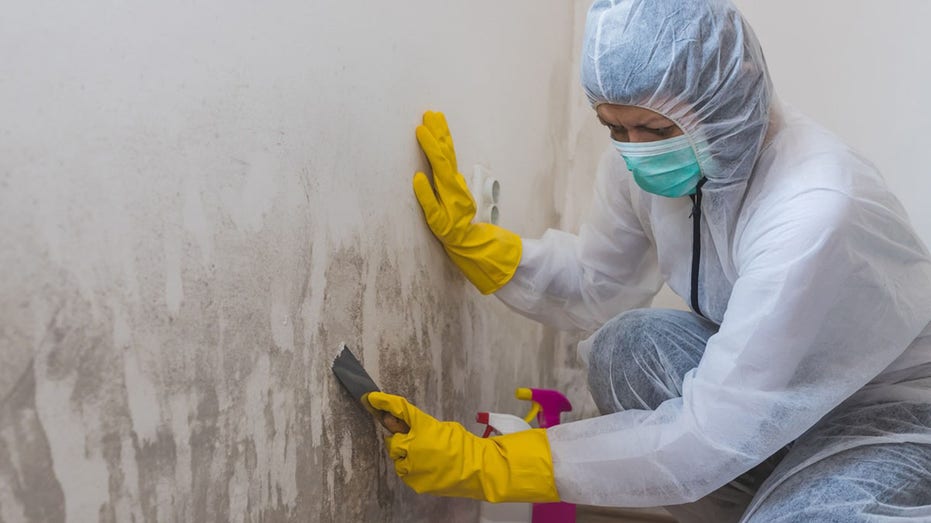Fox News senior medical analyst Dr. Marc Siegel on the major health risks of mold following Hurricane Helene and health care workers struggling with PTSD. The aftermath of Hurricane Helene has brought severe flooding to the southeast.
With excess water in the home, there’s an increased risk of mold growth, which can lead to serious health risks. Mold in your home can look like multicolored spots and can smell musty, according to the Centers for Disease Control and Prevention (CDC). FOLLOW THESE STEPS IF YOU'VE FOUND BLACK MOLD IN YOUR HOME TO KEEP YOURSELF AND YOUR FAMILY SAFE Mold can cause a variety of symptoms, such as stuffy nose, sore throat, coughing, wheezing, burning eyes and skin rash .
Flood waters inundate the main street after Hurricane Helene passed offshore on Sept. 27, 2024, in Tarpon Springs, Florida. (Joe Raedle/Getty Images) In an appearance on "Fox & Friends," Fox News senior medical analyst Dr.
Marc Siegel noted that wet walls can lead to mold that might not always be visible. Siegel called out two "very serious molds" that he’s most worried about: black mold and aspergillus. 20 WORST PLACES TO LIVE IF YOU HAVE ASTHMA, PER MAJOR HEALTH ORGANIZATION Black mold can appear as black or dark green splotches, Siegel detailed.
Aspergillus is invasive and can cause aspergillosis, an infection that's usually respiratory, according to Mayo Clinic. Aspergillus mold is invasive and can cause a respiratory infection called aspergillosis, according to experts. (iSto.


















